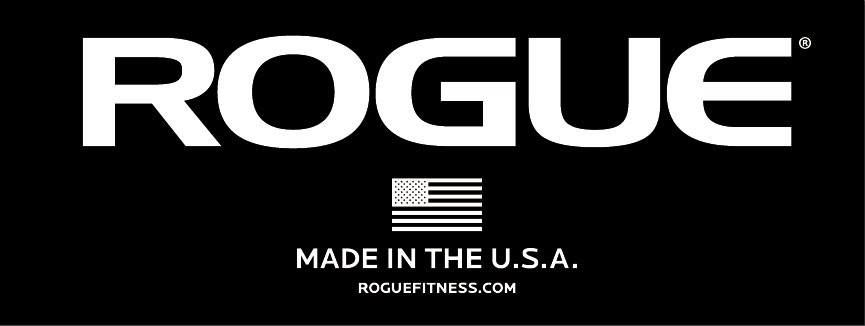The process of Reverse Engineering, Evaluating, and Critical Thinking Pt. 1 of 2
Any serious strength and conditioning coach is a life-long learner. Apart from the money spent on required continued education for certifications, I believe that good coaches read books, listen to lectures, experiment in the gym, and ask questions; good coaches scrutinize and evolve as conceptual understanding of training concepts, old and new, develops into teaching mastery.
This leads to a gradual shift in the way a coach writes strength and conditioning programs. A gradual shift. This is why a good coach is a life-long learner. It’s tempting to learn something at a conference and immediately make wholesale changes with your programs before having a solid grasp on the material. Bear in mind, having a grasp is not mastery – it’s okay to get your feet wet and make mistakes as you polish your teams’ programs over time.
Understanding and adhering to principles like progressive overload, reversibility, and individual variability, versus blindly subscribing to “systems”, allows coaches to develop an organic training philosophy free of the strictures of “that’s how my high school coach did it”, or “that’s how they do it at this organization”.
With this in mind, observe a few practical things for designing your training program:
- The competition needs of the sports team you are training, including the specific physical needs of the individual players – What sport are you training? What does it require, from a broad physical standpoint, to be successful? Reverse-engineer your programming to determine exercise selection.
- The amount of time, space, and equipment you have to train the team – the best programs on paper are often impractical and overzealous unless you have perfect facilities and an endless budget.
- The duration of the training program – How long do you have to produce the desired adaptation(s)?
- Key Performance Indicators (KPIs) to assess the efficacy of the training program at needed time intervals – How will you determine if the desired adaptations have taken place?
I recently started my second year training a U14 travel baseball team. For the sake of example, I will outline in the rest of this post, my thought process for program design for this specific team.
As previously stated here, designing a training program that produces results for this particular age group is not hard. Assuming you are doing some big, multi-joint movements, for example – squat, hinge, single-leg, push, pull, carry – you will get results. At such an age, absolute power is hard to attain in any real sense because it is undergirded by muscular strength, which athletes at this age have not developed in any considerable sense, either.
Below is the needs analysis for our 14U baseball team:
Everyone is underdeveloped in the strength department given age and experience. Some of these kids have trained with me before, but are prone to long absences from the gym, and thus are still pretty green.
Need effective strength movements with low learning curves, so we can get an effective amount of volume in during our 1-hour, 2x/week training sessions.
As of now, it is the last week of October; the first contest is at the end of March.
We have five full months to develop strength with these athletes. We will do high-force, low-velocity compound movements for the off-season (November to February).
Pre-Season (March-First Contest), we will steadily increase the amount of volume in high-force, high-velocity movements (i.e. increase rate of force development) – medball shot pass, weighted throws, banded broad jumps, etc., *while maintaining minimum effective dose of strength work required to support power.
*See Coach Zach Dechant’s notes on Issurin’s Residual Training Effects (Twitter: @ZachDechant; Web: zachdechant.com)
Keep your eyes peeled for part 2 of this blog coming your way next Thursday!





